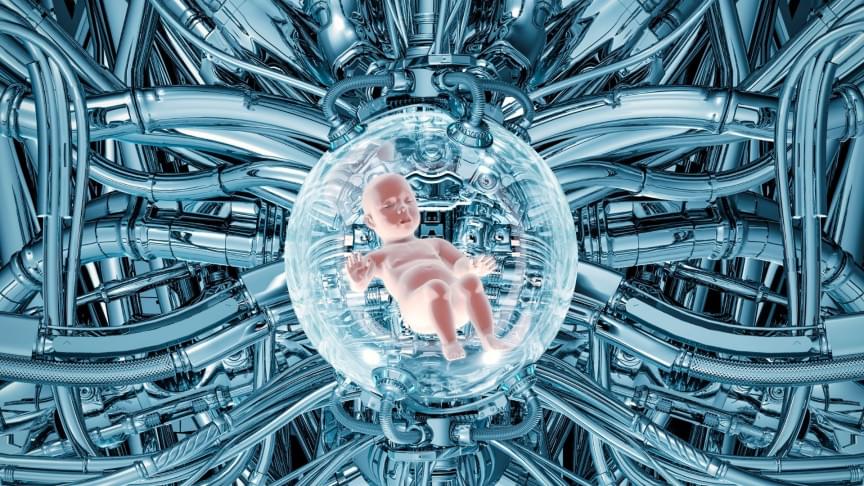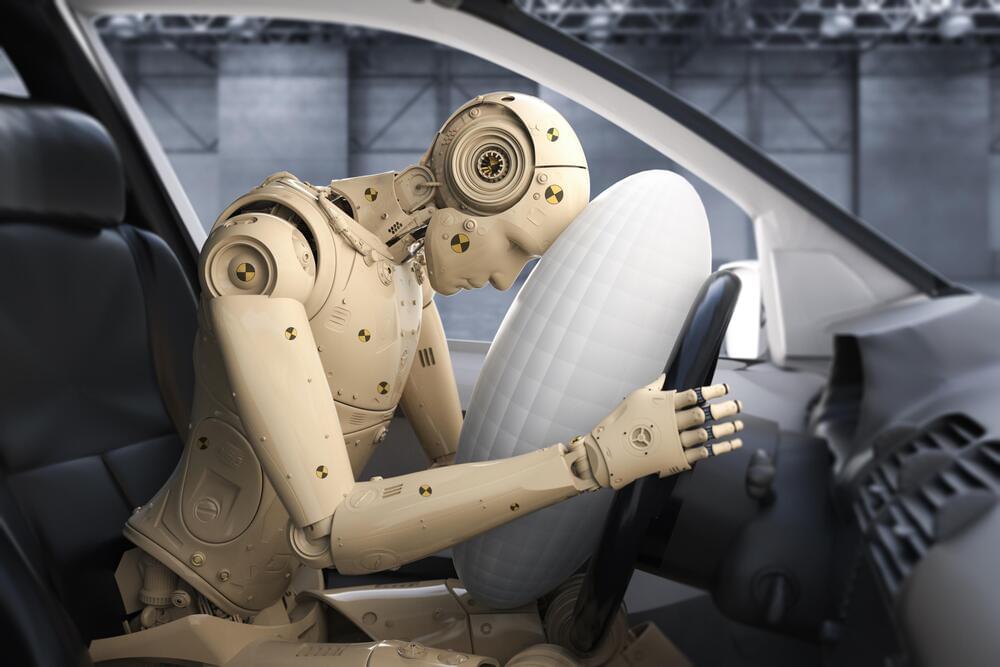Pioneering global generic medicine access to improve and extend people’s lives — keren haruvi snir-president, sandoz US, head of north america.
Keren Haruvi is President of Sandoz US and Head of their North America business (https://www.novartis.us/about-us/our-leadership/us-country-l…n-haruvi).
Sandoz is a division of the Novartis Group and a global leader in generic pharmaceuticals and biosimilars and was established in 2003, when Novartis united all of its generics businesses under the name Sandoz – a single global brand with a long history. Since then, Sandoz has grown into a leading global generics business with annual sales of approximately US$10 billion.
In her current role, Keren leads Sandoz’ largest commercial and country organization – the United States – which is responsible for over 35% of Sandoz global revenue. She also oversees Sandoz commercial operations in Canada. In addition to serving on the Novartis Country Leadership Team, Keren is a member of the Global Sandoz Executive Committee.
Prior to joining Sandoz, Keren served as Global Head of M&A at Novartis International AG. Her early career began at Teva Pharmaceutical Industries where she steadily advanced in leadership roles to Senior VP, Global Business Development and Alliance Management.






